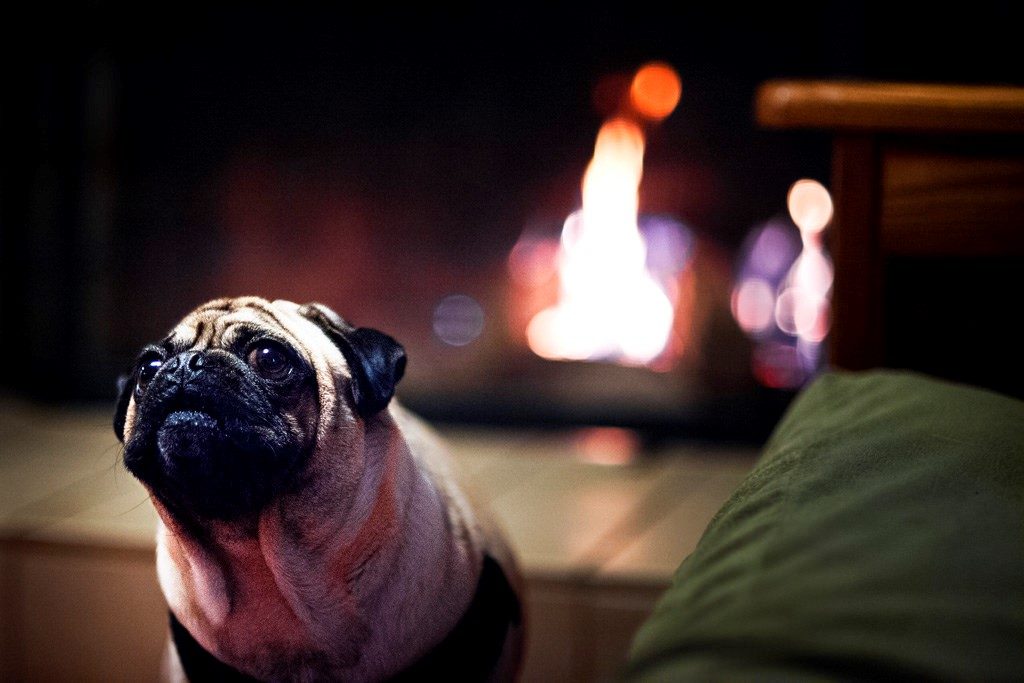
Should you just take the leap, install underfloor heating and wave your radiators goodbye? Or does that sound like you are going to spend the winter shivering, regretting the move?
The underfloor heating and radiator combo
If you have a modern, efficient combi-boiler, you can technically run the two systems. Underfloor heating can take the chill off the house but when you cannot fit on any more woolly cardigans, you could ask the system to send heat through the radiators.
You could also use underfloor heating in certain rooms in the house and keep radiators in other rooms, if you feel that the underfloor heating system won’t be enough.
There are a lot of ‘maybe’s’ and ‘possibly’ in the above paragraphs. You need something a little more scientific to base your decision. You want hard facts: is underfloor heating enough to keep you toasty warm this winter?
Heat loss calculation
To be uber-scientific, you can calculate how much heat loss happens in your home. This calculation can be calculated for one room or across the entire building.
There are various ways you can calculate heat loss. There are many agencies and businesses that can do this for you, including underfloor heating installation companies.
Generally speaking, heat loss is calculated by adding conduction to infiltration. But what are they?
- Conduction – this is how much heat is lost through the envelope of your home – the exterior walls, floor, roof, windows and so on, one of the two primary sources of heat loss
- Air infiltration – this means how much warm air is escaping, and being replaced by cold air from the outside.
Heat loss varies significantly, depending on the time of year as well as other factors.
What this really means…
With strange symbols and figures plucked out of nowhere, even when you have laboured over the calculations and reached a final figure, what does it actually mean?
The answers may be simpler than you think.
How well insulated is your home?
Underfloor heating does deliver a gentler heat. The system is laid beneath the top layer of flooring and spread outs throughout the entire floor area.
Heat radiates from the hot water, into the plastic piping, into the screed floor and then into the room, heating objects within it, including you.
And you need to hold on to as much of this heat as possible. Insulation of your home needs to be more than basic;
- Loft insulation needs to be at 270mm, and all the awkward spots in the loft also need to be insulated
- The sub-floor needs insulating to stop heat being lost to the ground – choose the best option your budget will stretch to
- Walls needs to be insulated, either with cavity wall insulation or thermal wall insulation
- Double glazed doors and units need to be high quality with the highest energy efficiency rating possible
What flooring solution are you going to opt for?
You need a floor covering that grabs heat and holds on to it for as long as possible. Carpet is not always the best option. Polished concrete floors have a high thermal conductivity rating, as do many other flooring solutions.
By staying warmer for longer, the room stays warmer.
What thermostat are you opting for?
Underfloor heating kits and systems will often come with a programmable thermostat that does the job but, the more sophisticated, flexible and controllable the thermostat, the better control you will have over the heal level in your home.
Smart thermostats can be programmed, as well as controlled from your phone. If you are fitting the underfloor heating throughout your entire home, it pays to have thermostats in zones so that you can control the temperature in different areas.
And don’t forget that underfloor heating technology has moved on too, creating kits that are super energy efficient, more than capable of packing a punch in your home.
Is underfloor heating across the entire house or not?
Clearly, you need heat across the home. Many systems retro-fitted in properties are fitted on the ground floor. New built homes or renovation projects may also include underfloor heating on other floors too.
You can mix underfloor heating with a radiator system. Many homeowners have retained the radiators in a room, but have the system switched off. However, they have the comfort of knowing that if they need it, they can use the central heating system.
Is it a case of either underfloor heating or radiators? Or is it a case of possibly mixing the two?

